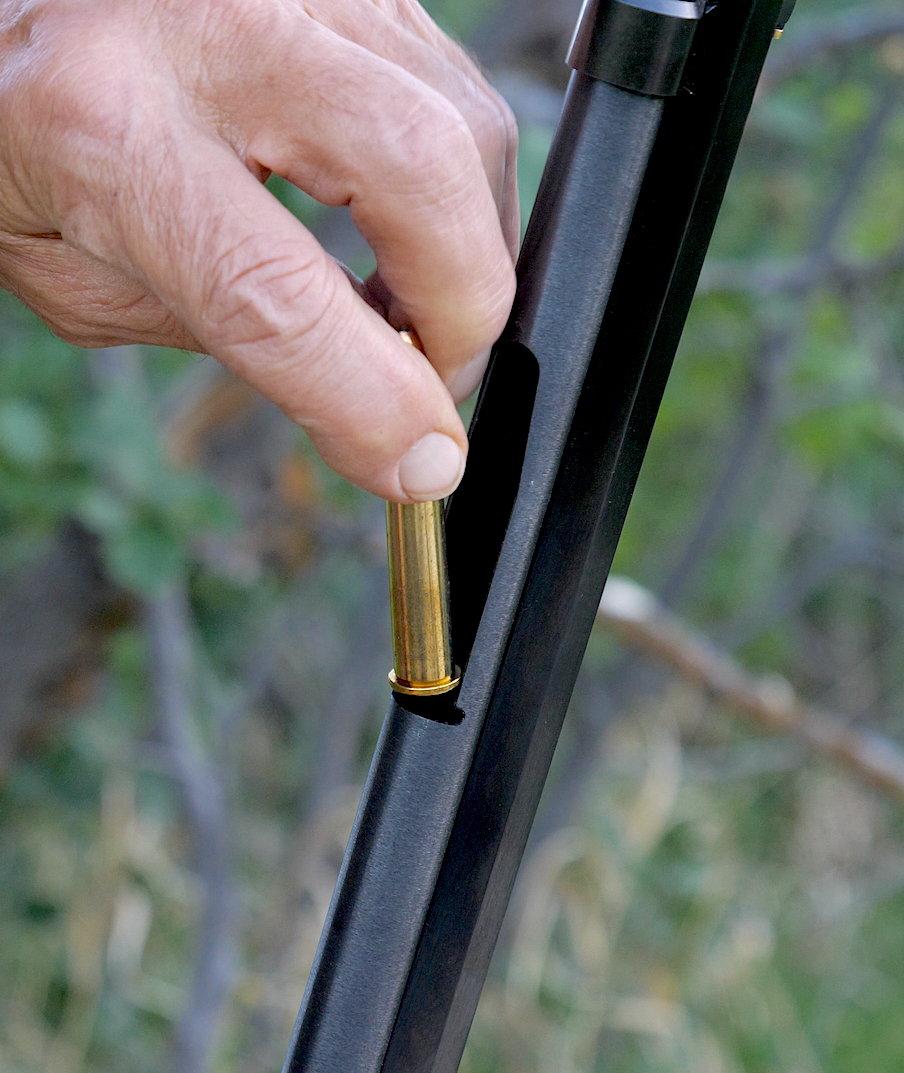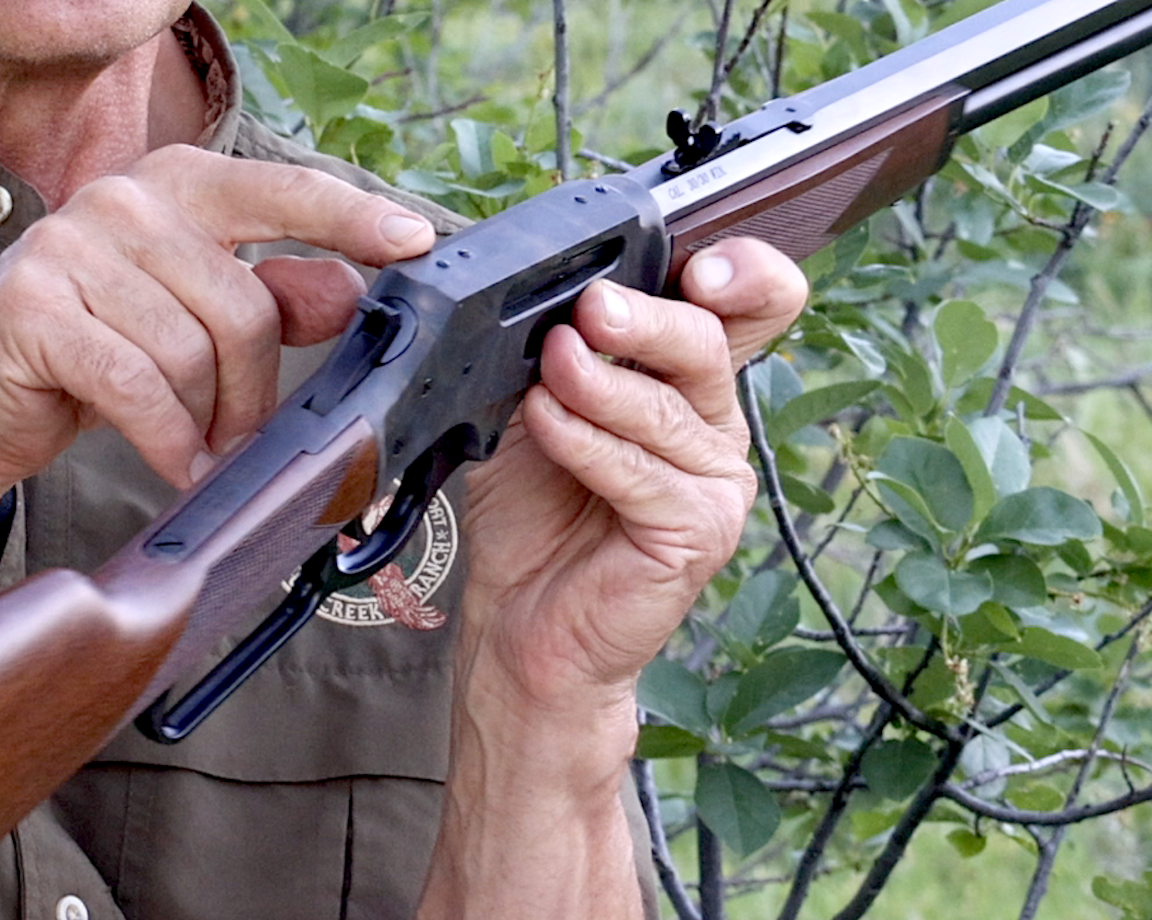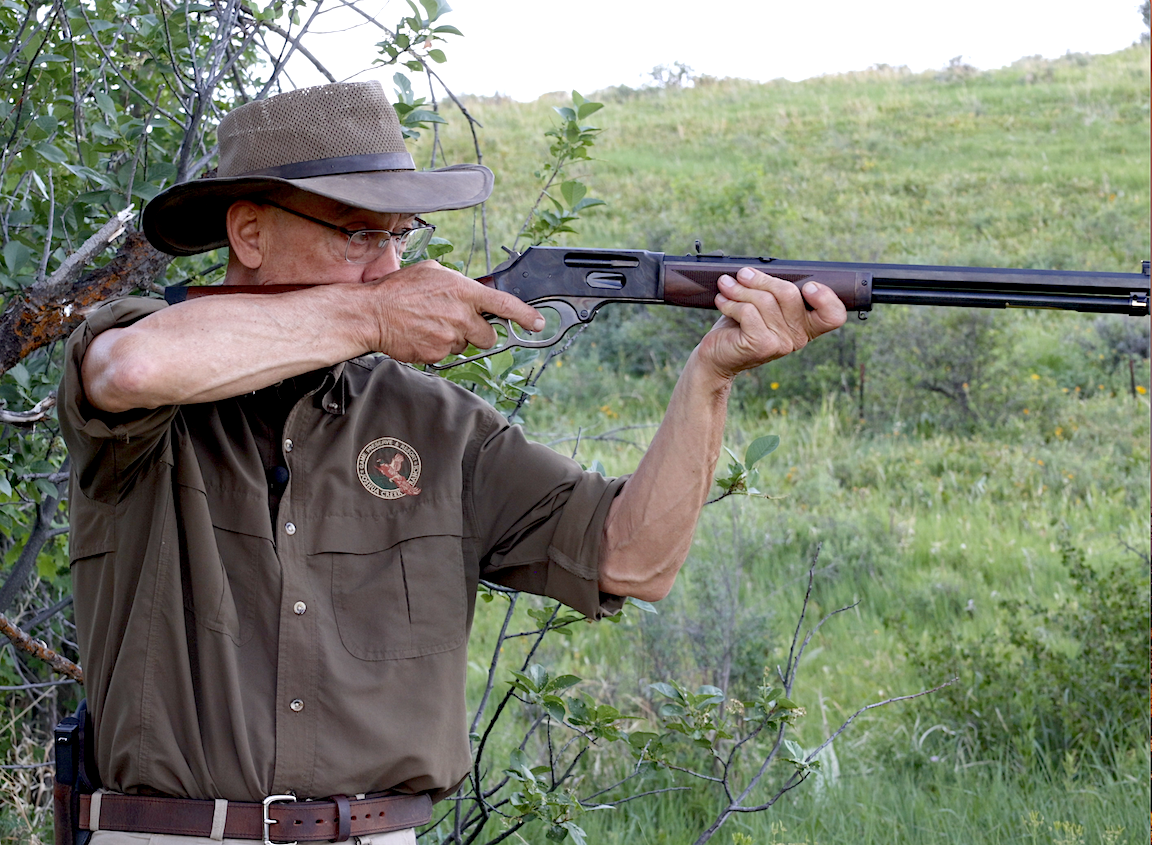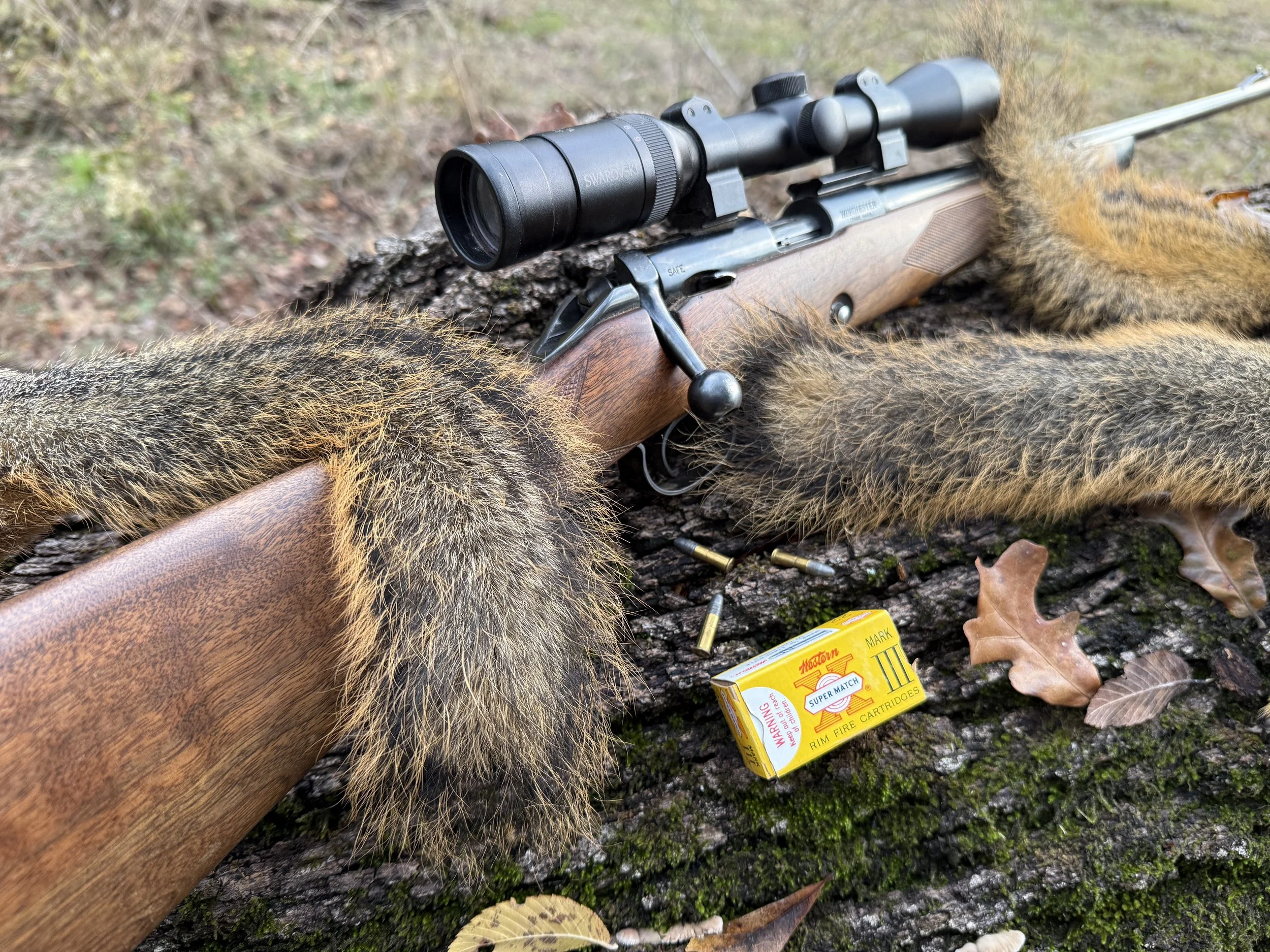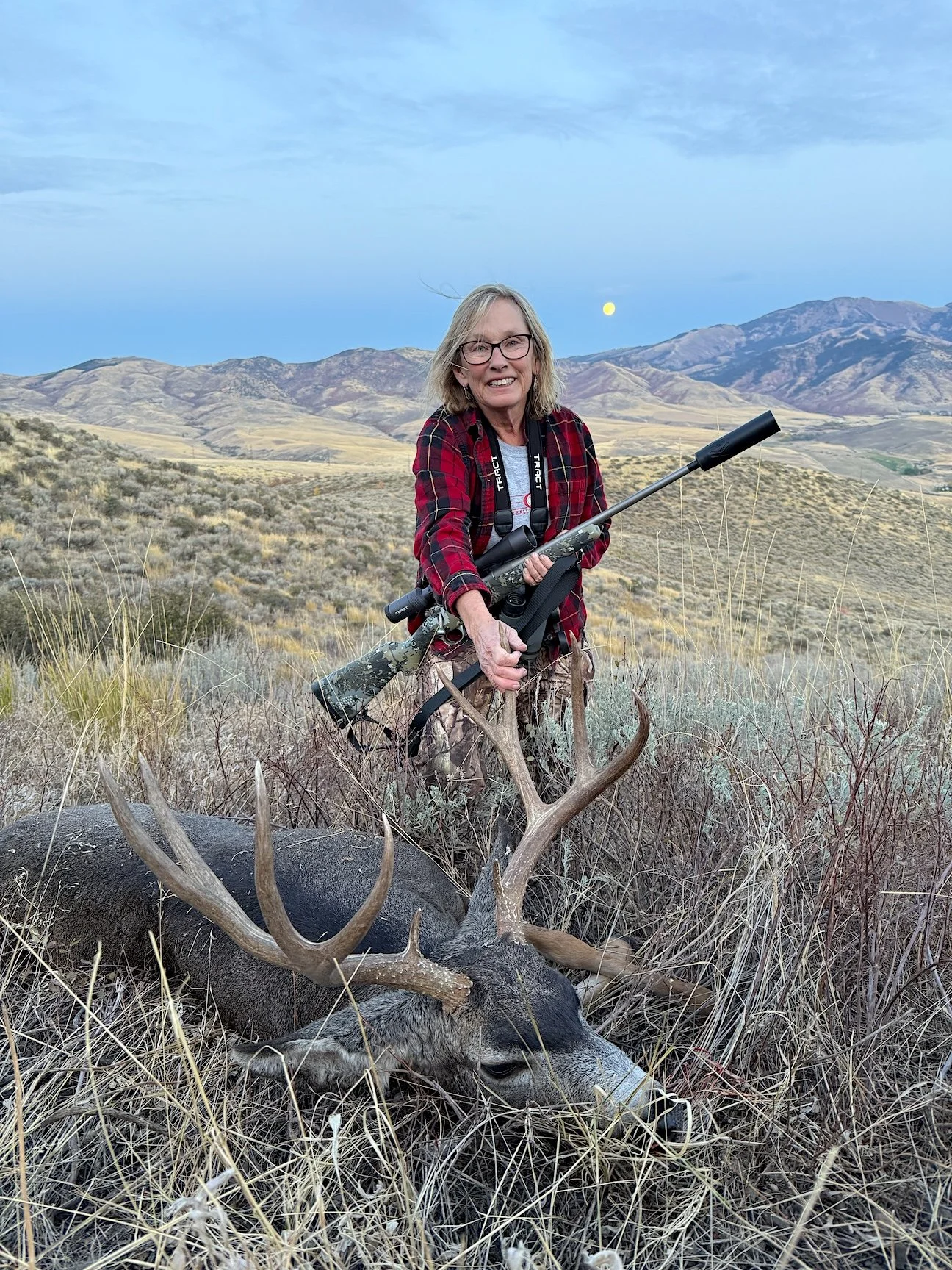Today’s Best Lever-Action Two-Gun Hunting/Training System is… Henry
Much as we all appreciate the One Gun to Rule Them All idea, we almost instinctively understand more guns are better. I don’t know about you, but I couldn’t function without a 12 gauge, a 22 rimfire, a hot centerfire 22, a “medium game “ centerfire in the 260 Rem. through 7mm Mag. range, and a big bore bordering on dangerous game rifle.
That’s a bare minimum, by the way.
Familiarity Breeds Contempt — And Consistency
Having so many guns delivering so many trajectories, however, does not engender the kind of familiarity and skills one gains by using one rifle extensively. This is especially true if several are of different action styles. This brings us back to the one-gun solution. But… who wants to shoot cottontails with a 300 Win. Mag. or hunt moose with a 22 rimfire?
Well, I’ll leave each of you to answer that, but I’ll help a bit by suggesting a simple solution that retains the benefits of gun operational consistency while adding a much less expensive way to train, practice, and hunt small game: The rimfire/centerfire two rifle system.
NOTE: This system does not mean you don’t get to own a 12 gauge, 20 gauge, 28 gauge or even an 8 gauge. Or a 500 Nitro Express. It just means you’ll have a handy little rimfire that functions the same as your pet deer or elk rifle.
Owning a rimfire and centerfire of the same action style is not a novel concept. Hunters have been doing this for years. But it is a new idea or unexplored one for many shooters who, like most of us, have fallen prey to the allure of a pump action, a break action, a double barrel, a bolt action, a… You get the picture. Some of us can get good, maybe even great with all of these, but others find themselves pumping their lever actions or trying to break open their bolt actions during the heat of the moment.
Keep the Action Familiar
Back in the mid-20th century hunters could easily outfit themselves with a Remington 870 pump shotgun, a Model 572 pump 22 rimfire, and a Model 7600 pump action 270 Win. A complete three-gun set of pumps!
Bolt-actions and autoloaders can be rather easily found in similar “same action” clusters. Ditto break-action single shots. Lever-actions is where a bottleneck has recently formed, but Henry Repeating Arms has broken that wide open.
While Winchester and Marlin no longer manufacture 22 rimfire lever actions, Henry Repeating Arms does. For years now Henry has been steadily spotlighting good-old, all-American, made in the USA lever-action rifles in the classic style. While other gun makers are focusing on the latest tactical designs and long-range wonder guns, Henry embraces the wild west tradition with a long, strong line of lever actions, two of which make a pretty good twin rifle system.
My Henry Two Lever Battery
I recently acquired a Henry Small Game Carbine 22 rimfire. Like most rimfires of years past, it easily handles short, long, and long rifle cartridges. In keeping with the western theme it sports a 17-inch octagonal barrel, satin-finished American walnut stock, and oversized or “loop” style lever. The tubular magazine holds a dozen long rifle cartridges or 16 shorts and fires them interchangeably without a hitch. While this little rifle weighs just 5.75 pounds, it has an adult sized 14-inch length of pull. That’s important for my twin rifle system because it matches the LOP of the next rifle in my Henry stable, a Color Case Hardened Side Gate in 30-30 Winchester.
The 30-30 Winchester is a dog of a cartridge by today’s standards, superseded as far back as 1890 by the 30-40 Krag, then the 30-06, 300 Savage and many more. Yet the 30-30 remains revered by millions because it takes deer reliably with minimal recoil in the kinds of habitats in which most of us hunt deer. Often elk, too. In addition, the 30-30 in a lever-action is just vintage cool! This is the tool grandpa, great grandpa and probably great great grandma used to decorate the annual deer pole. If they could do it in eras when whitetails were scarce and declining, why can’t we do it in this era when whitetails are reportedly as abundant as when the Pilgrims landed?
Keep this in mind when buying a 30-30. You aren’t going to be beating gravity and the wind out to 500 yards with this. Bullets in 30-30 are aerodynamically inefficient. They are blunt to prevent tip-to-primer recoil ignition in tubular magazines. A 30-30 case burns roughly 35 grains of powder to push a 150, 160, or 170-grain slug at best 2,250 to 2,150 fps from a 20-inch barrel. You’ll be hunting with this rifle, not sniping. Just like grandpa. Get close. Be sure. Shoot straight. Welcome to the challenging world of the hunter.
Now, back to that Side Gate Henry. It’s called Side Gate because it has one. The gate is the little doorway into the tubular magazine into which you load your cartridges. Winchesters and Marlins have had these since 1866, but the modern Henry’s have stuck with the original Henry rifle style of loading the tube from its upper end. Dozens of 22 rimfire rifles did and still do this. It’s a nice system, especially when its’ time to empty the magazine. Instead of jacking each round in and out of the chamber, you remove the tube follower and poor them out. But when you need to refill just one or two in the field, it’s a lot easier to just shove one into the loading gate. The Henry Side Game does both. Nice.
Vintage Style and Elegance
Other features I find nice about this rifle are its case colored receiver — a bit of old fashioned elegance — and octagonal barrel. Like the rimfire carbine, it retains that classic old west style. Functionally it’s quite modern, the safety consisting of a two piece firing pin that is not connected until the trigger is fully back and about to be pulled. This moves the first firing pin up to connect to the second. This approach means accidentally hitting the hammer spur with a loaded chamber does not set off the round. No ugly transverse bolt through the action, no tang safety, yet perfectly safe. Trigger pull on my rifle is a consistent 4 1/4 pounds with a bit of creep, but no rough spots and a crisp break.
The Side Gate wears a classic buckhorn rear sight with an insert that can be flipped to show a u or v notch with or without a white diamond on the face. A brass bead adorns the front blade. This differs from the Skinner peep sight on the 22 Carbine. My eyes work best with the peep, so I’ll be ordering one from Skinner for the 30-30. This is important for maintaining that “feel,” function, and consistency I’m advocating for this two rifle system.
Precise machine checkering gives the straight grip and belly fore-end a classy look and anti-slip grip. The rifle’s 8 1/2-pound mass tames recoil nicely, noticeably better than typical 7 1/2-pound lever-actions I’m shot.
Early Accuracy Potential
I’m not in position to brag about the accuracy of either of these rifles because I haven’t shot them enough yet. Preliminary groups were about 1.25 inches for the 22 at 25 yards, 1.5 inches for the 30-30 at 100 yards. I’m guessing my poor eyesight accounts for about half of this, so might someday mount scopes to see what these Henry’s can really do. My hunch is the 30-30 might shoot MOA. If the 22 can keep bullets inside an inch at 25 yards, I’m good for the rabbits and squirrels I’m likely to hunt. It’s not often I get shots at them beyond 25 yards.
By the way, the safety on the 22 Carbine is a classic quarter cock of the hammer. This in no way changes my “instinctive” (learned) handling of either rifle. I’m switching from one to the other without a hitch, even though the lighter mass of the 22 requires more concentration during its 4# trigger pull. Running those levers? Well, that’s the fast, easy, and fun part. Takes me back to the 1960s and those first two whitetails I dropped, both bucks, both the first two deer at which I’d ever fired. And both were running flat out! I mean hyper drive! But back in those days we trained on running jackrabbits and shot running game, flying game routinely. Helps that they were inside of 100 yards, too. Whether or not I can still do this… Perhaps we shall see.
Meantime, however, I’m going to carry and train with that 22 a lot, work the 30-30 as much as ammo supplies allow, and get myself prepared for a return to those thrilling days of yesteryear where the lever-action ruled. And hunting was a hunt.




